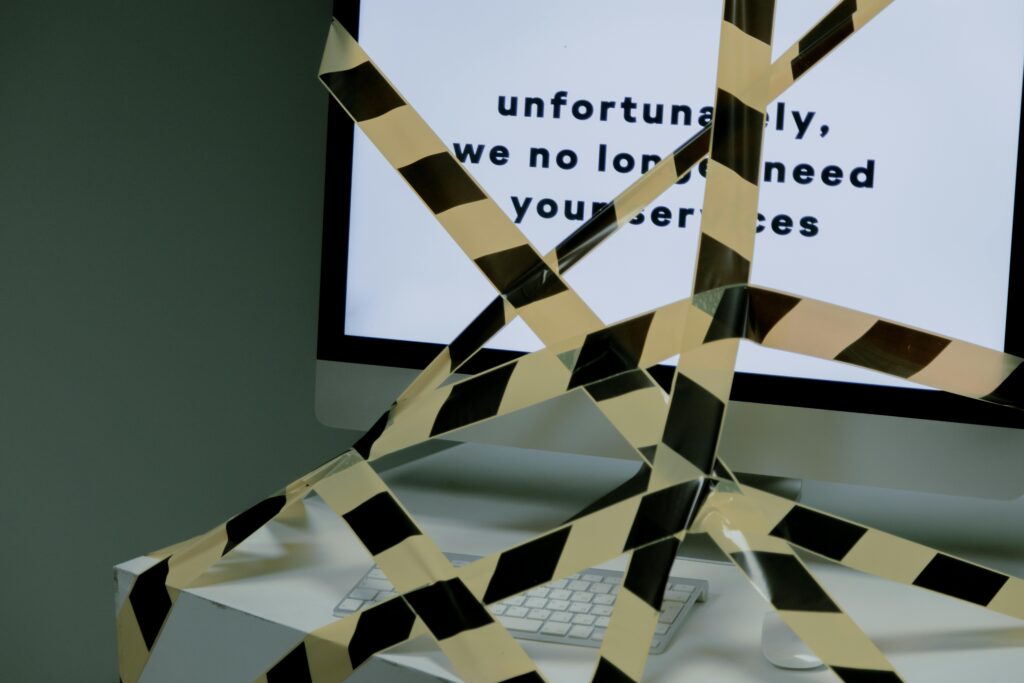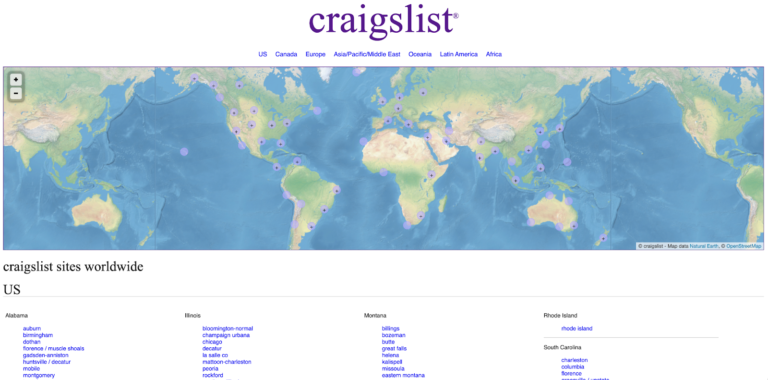
Layoffs are an unfortunate reality in business cycles. But in today’s hyper-connected world, the news of workforce reductions spreads fast — often accompanied by public outcry and negative press. How your brand responds to layoff backlash can make or break your reputation, both with customers and future employees.
Here’s a breakdown of how U.S. companies have managed — or mishandled — such moments, and actionable strategies for turning a tough PR situation into a moment of clarity, honesty, and even strength.
1. Be the First to Tell the Story
In the age of Twitter and TikTok, silence can be a brand’s biggest enemy. When Better.com laid off hundreds of employees via Zoom, what made the backlash worse was how the narrative got ahead of them. Leaked videos and anonymous employee posts went viral before leadership had a chance to explain.
Key lesson: Own the story. Publish an open letter or blog post that outlines why the layoff happened, how the decision was made, and what steps are being taken to support those affected. Being transparent builds trust — even when the news is hard.
Example: Airbnb’s 2020 layoff was handled with such care that it was cited by many as a “best-in-class” response. CEO Brian Chesky’s open letter explained the rationale, showed empathy, and laid out support measures — from severance packages to job placement assistance.
Also Read : Marketing Lessons from Multi-Level Marketing (MLM) Schemes
2. Speak Like a Human, Not Legal Jargon
Corporate speak can easily come off as cold. When you respond to layoff backlash, your tone should be sincere and grounded in humanity — not PR polish. Avoid phrases like “streamlining operations” or “reducing headcount” without context.
Example: Mailchimp’s co-founders used plain, heartfelt language in their 2022 layoff announcement. They didn’t shy away from emotion and acknowledged the weight of the moment.
Use real words, acknowledge real pain, and speak as if you’re talking to your own team.
continue reading…


